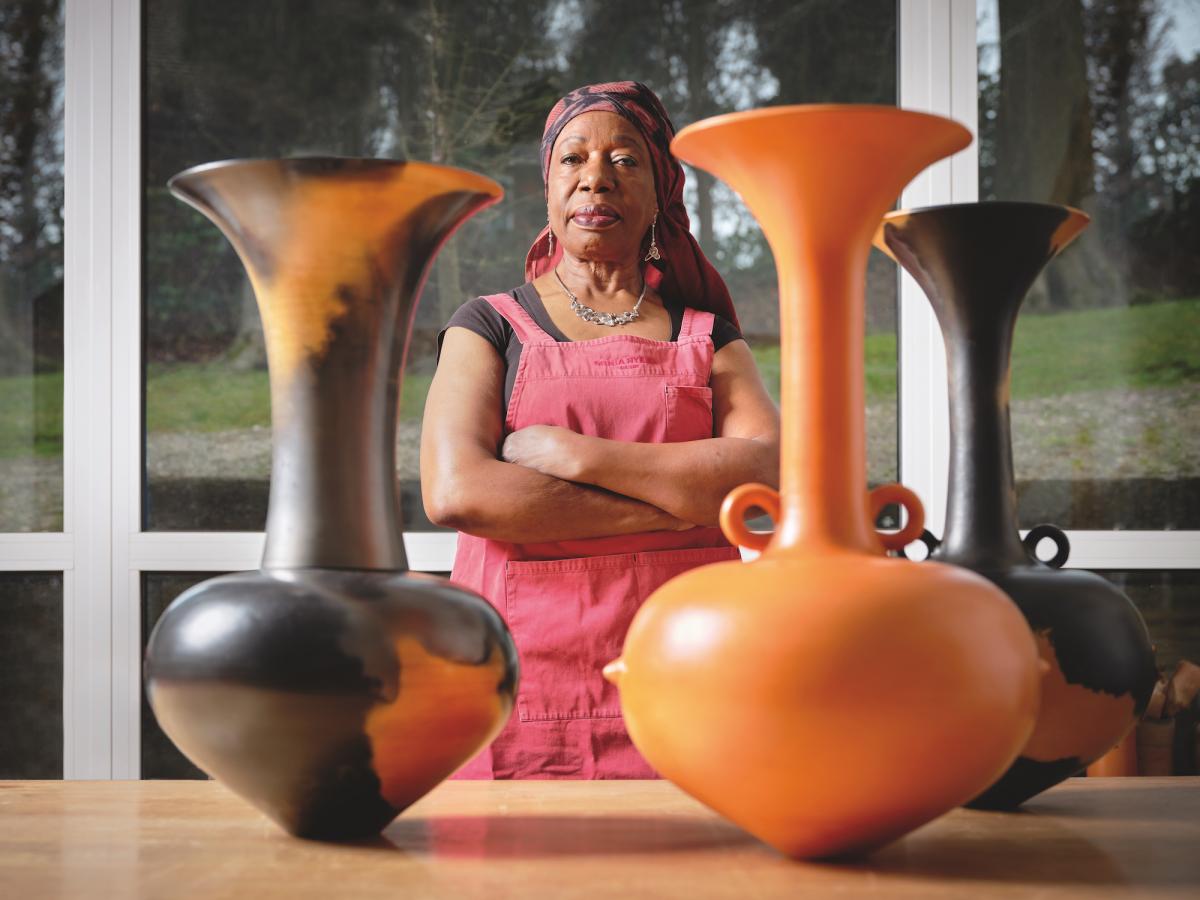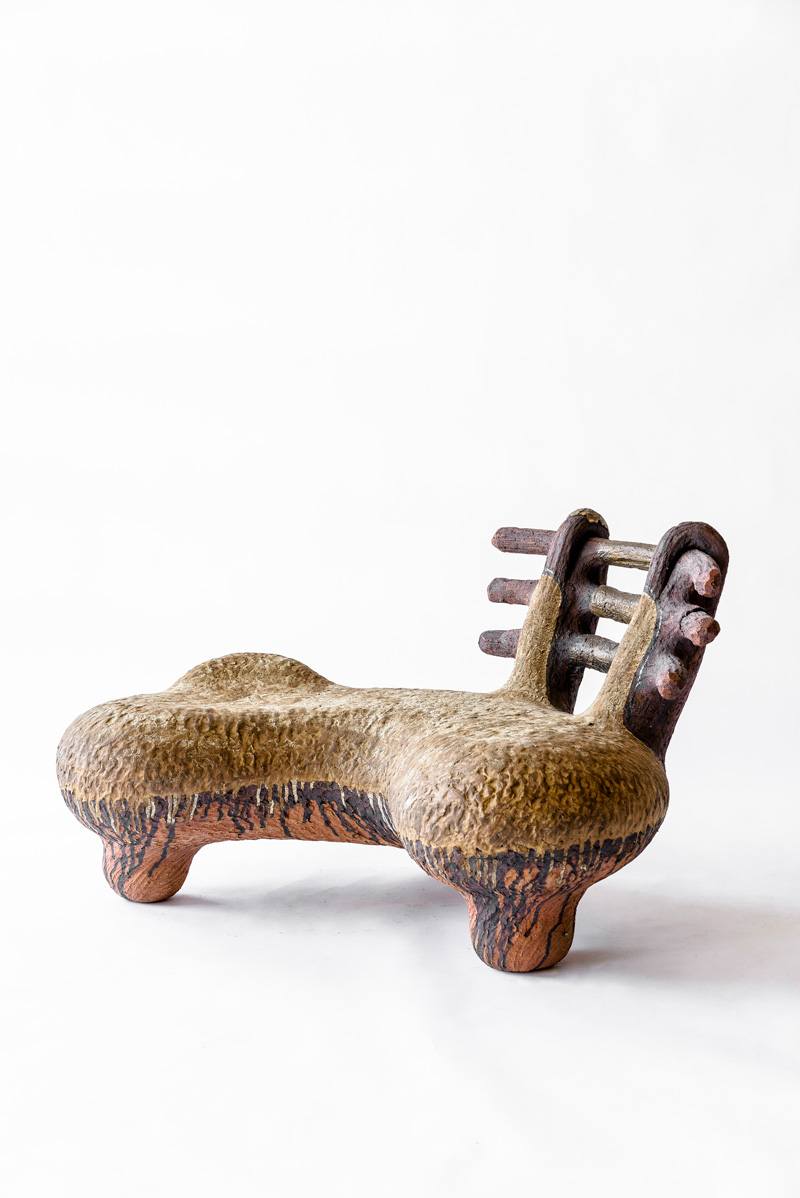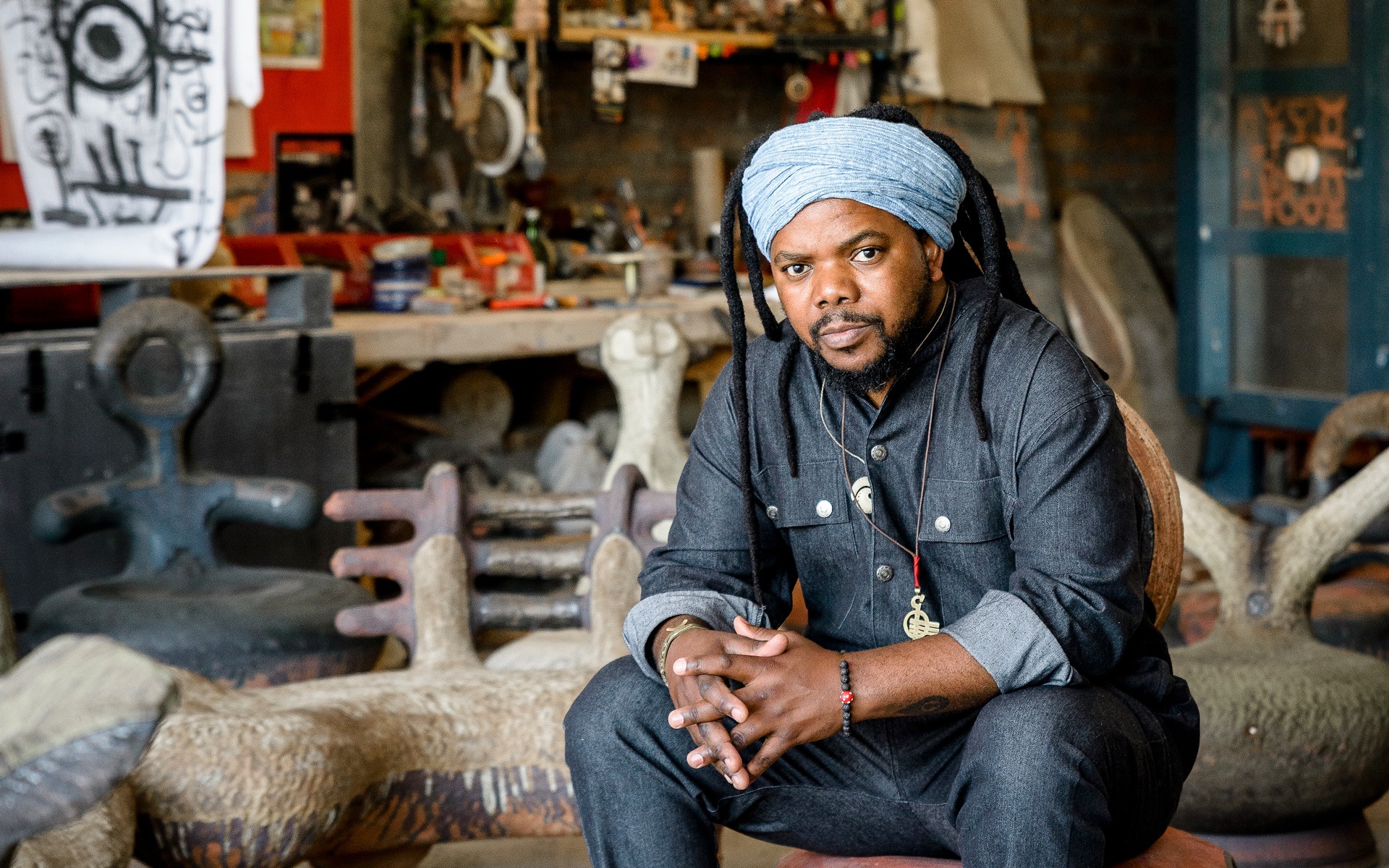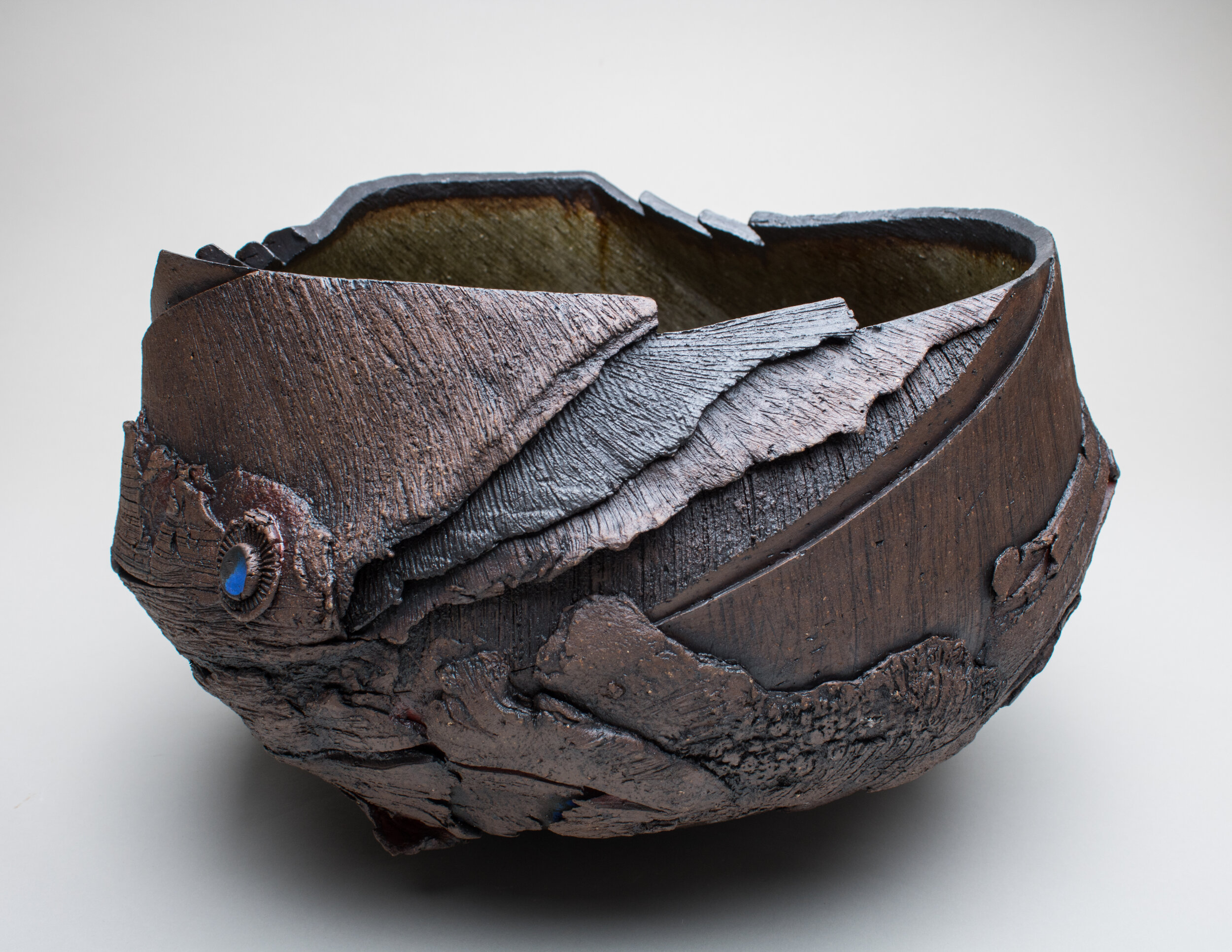Contemporary African ceramic art is a vibrant, thriving, and diverse form of expression that combines both traditional and modern techniques to create unique and innovative works. This captivating art form represents the rich cultural heritage of Africa, and serves as a testament to the resilience and adaptability of the continent’s people. It is a celebration of the extraordinary beauty and creativity found within Africa’s borders, and offers a glimpse into the soul of its diverse nations and communities.
The significance of contemporary African ceramic art is far-reaching, both within the African continent and beyond. By preserving and promoting cultural identity, these ceramic works create a sense of belonging and pride among the people who create and appreciate them. Furthermore, the development of this art form has socioeconomic implications, as it provides opportunities for local artists to establish sustainable livelihoods and contribute to the growth of their communities. The use of local, eco-friendly materials also encourages environmental sustainability, making contemporary African ceramic art a forward-thinking and responsible creative endeavor.
This journal aims to explore the beauty and uniqueness of contemporary African ceramic art and highlight its impact on the global art scene. We will delve into the historical context of this art form, discuss its characteristics, showcase notable contemporary African ceramic artists, and examine the influence it has on the international art community.

Historical Context
African ceramic art has a long and storied history, with pottery traditions dating back thousands of years. In the pre-colonial era, indigenous societies across the continent developed distinct techniques and styles, often reflecting their local environment and cultural beliefs. However, the colonial period brought about significant changes in African ceramics, as European influences led to the adoption of new methods and the introduction of foreign materials.
The post-colonial period saw a resurgence of interest in indigenous pottery techniques and styles, fueled by a desire to reclaim and celebrate Africa’s cultural heritage. This renewed focus on traditional methods, combined with the influence of modern artistic movements, gave rise to the dynamic and diverse world of contemporary African ceramic art.
Characteristics of Contemporary African Ceramic Art
Contemporary African ceramic art is characterized by the use of diverse techniques and materials, as well as the expression of various themes and motifs.
Techniques and Materials
Hand-building techniques, such as coil building, slab construction, and pinching, are commonly employed by African ceramic artists. These methods allow for the creation of intricate and organic forms, as well as the incorporation of textures and patterns. Wheel-throwing techniques are also used, particularly for creating functional pottery such as bowls and vessels.
The materials used in contemporary African ceramic art are often sourced locally and chosen for their sustainability. Clay, for example, is a versatile and abundant natural resource found throughout the continent. African ceramic artists also incorporate materials like recycled glass, metal, and wood into their work, creating mixed-media pieces that demonstrate a keen awareness of environmental concerns.
Themes and Motifs
The themes and motifs found in contemporary African ceramic art are as diverse as the continent itself. Cultural symbolism plays a prominent role in many works, with artists drawing upon traditional stories, myths, and rituals to create pieces that resonate with the shared experiences of their communities. Social commentary is another prevalent theme, as artists use their work to address issues such as political unrest, poverty, and gender inequality. The connection to nature is also a recurring motif, reflecting the importance of the natural world in African cultures and the need for sustainable development.
Notable Contemporary African Ceramic Artists
Contemporary African ceramic art is brought to life by an array of talented and innovative artists. Here, we highlight a few notable examples, but this is by no means an exhaustive list:
- Magdalene Odundo (Kenya): Odundo’s hand-built, burnished, and pit-fired vesselsare renowned for their elegant forms and rich, lustrous surfaces. Her work is heavily influenced by traditional African pottery, as well as the ceramic practices of ancient civilizations from around the world.
- Andile Dyalvane (South Africa): Dyalvane is known for his large-scale, hand-built ceramic sculptures and installations that explore themes such as identity, heritage, and spirituality. He incorporates a variety of materials, including metal, wood, and found objects, to create visually stunning and thought-provoking pieces.
- Alevtina Gureeva (Nigeria): Gureeva’s work combines traditional Nigerian pottery techniques with modern design sensibilities. Her pieces often feature intricate patterns and bold colors, making them both visually appealing and culturally significant.
- Samuel Makau (Kenya): Makau is an artist who creates unique, hand-built ceramic sculptures inspired by the natural world. His work often incorporates animal and plant motifs, reflecting the interconnectedness of all living things and the importance of environmental conservation.

The Impact of Contemporary African Ceramic Art on the Global Art Scene
Contemporary African ceramic art has made a significant impact on the global art scene, as evidenced by the increasing number of international exhibitions and recognition for African ceramic artists. These exhibitions have allowed for greater exposure to diverse artistic perspectives and have fostered cross-cultural exchange and collaboration.
In addition to its presence in exhibitions, contemporary African ceramic art has also influenced modern design and aesthetics, with elements of African pottery and motifs being incorporated into various forms of design, from interior decor to fashion. This influence further underscores the importance and relevance of African ceramic art in the global cultural landscape.

Contemporary African ceramic art is a testament to the beauty, resilience, and cultural diversity of Africa. Its expressive themes, innovative techniques, and commitment to sustainability make it an art form that is both captivating and socially responsible. As more people around the world continue to appreciate and embrace African ceramic art, there is tremendous potential for further growth and development.
Local artists and communities stand to benefit from the increased global appreciation for their work, as it provides opportunities for economic empowerment and strengthens cultural identity. Furthermore, the increasing demand for contemporary African ceramic art will likely encourage further exploration and innovation within the art form, ensuring that it continues to evolve and flourish.
In conclusion, it is essential to recognize the importance of preserving and promoting contemporary African ceramic art, not only for its unique contribution to the global cultural landscape but also for the positive impact it can have on the lives of the artists and communities that create it.
FAQ
What is the importance of African pottery?
African pottery plays a crucial role in preserving and promoting cultural identity, artistic expression, and traditional craftsmanship. It also has historical and archaeological significance, as it provides insights into the lives and customs of past societies.
What is the significance of ceramic art?
Ceramic art is significant for its ability to capture human creativity, culture, and history. It showcases the skill and innovation of artists and craftsmen and serves as a tangible representation of the world’s diverse artistic traditions.
What is a contemporary ceramic artist?
A contemporary ceramic artist is an artist working with clay and other ceramic materials to create artworks that reflect current artistic styles, themes, and techniques. These artists often experiment with new methods and materials, pushing the boundaries of what is possible within the medium.
How does pottery relate to contemporary art?
Pottery is a form of contemporary art when it is used to express modern ideas, techniques, and aesthetics. Contemporary pottery often explores themes such as identity, culture, and social issues, making it relevant and engaging for audiences today.





 No products in the basket.
No products in the basket.